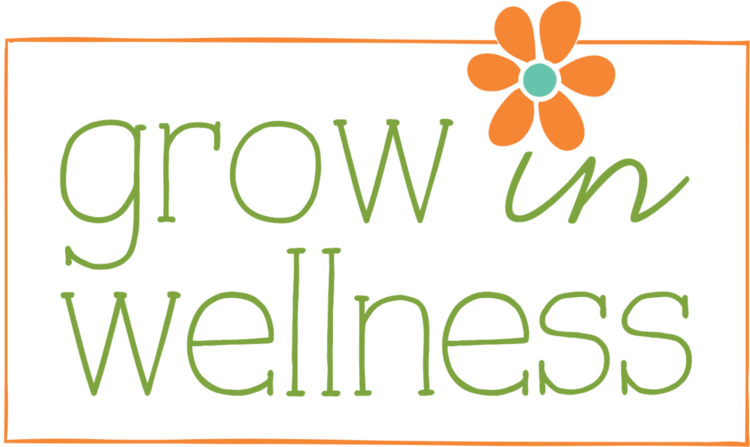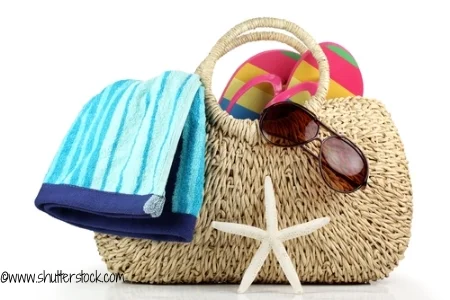Ingredients for a Safer Summer in the Sun
I love the beach... soft sand, a good book, warm sun. Just thinking about it, I can already feel the vitamin D soaking in. But too much of a good thing is not good for you. Sunburns aren’t fun and even when you don’t burn, too much sun has other health repercussions.
The National Cancer Institute states that more than 2 million Americans develop skin cancer each year and over the last 35 years the number of melanoma cases has tripled. Don’t become one of those statistics! (more info here)
Wearing sunscreen is important. Simple, right? Well, it should be, but there is a little more to it. What’s in your sunscreen matters as much as what is in the food you eat. And you should not be ignoring either of those things. The reality is, all sunscreens are not created equal.
In order to protect our skin from the sun and risk of melanoma, we have been advised to wear sunscreen year round, ideally a sunscreen with a rating of SPF 30 - 50. When was the last time you shopped for sunscreen? There are dozens of options, all with their own marketing hype to get you to choose their product. Just like my recommendations to read the ingredients list when it comes to food, it’s what is inside the bottle (the list of ingredients) that you need to be concerned with.
According to the Environmental Working Group, some of the most popular sunscreens (translation: Neutrogena, Banana Boat, Coppertone) contain hazardous chemicals like the hormone disrupter, oxybenzone, or retinyl palmitate, a form of vitamin A linked to skin damage. Some trigger allergic reactions and sprays can be inadvertently inhaled. SPF claims of greater than 50 are inherently misleading (and are not allowed in Europe, Japan, Canada and Australia). Did you know that SPF’s really only offer UVB ray protection, and little protection from UVA rays that penetrate deep into the skin?
Current law is weak; manufacturers can add nearly any inactive ingredient to their products, even ones that alter body hormones, cause skin damage or cause allergic reactions.
The Environmental Working Group recently posted its 2015 Guide to Safer Sunscreens. They evaluated 1,700 products. You can go to their link to see their 2015 Hall of Shame as well as recommended products and further information on sun protection and their Sun Safety Campaign. The basics? Avoid ingredients like oxybenzone, retinyl palmitate and added insect repellant and instead choose brands with zinc oxide, avobenzone and mexoryl sx on the ingredients list.
Staying protected from the sun is about more than sunscreen. You can reduce your melanoma risk with these additional measures: wear UV protective clothing, stay out of the sun during the peak hours in the middle of the day, seek the shade of an umbrella or tree, and wear sunglasses. And if you are someone who has a past life of being a sun-seeker, be sure to do a regular skin check and see a dermatologist annually.
Don’t trade one risk for another. Get informed about which sunscreens will give you the best, safest protection from the sun without exposing you to other risks.
Have a Sun-Safe Summer!
*resources: Environmental Working Group, National Cancer Institute

